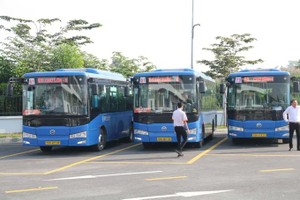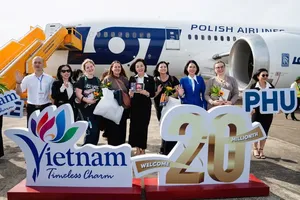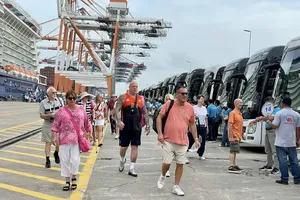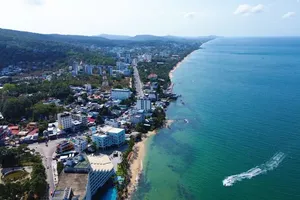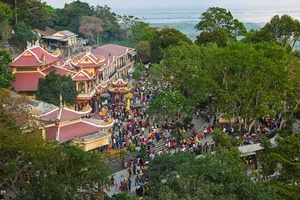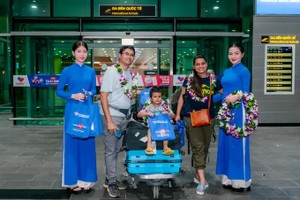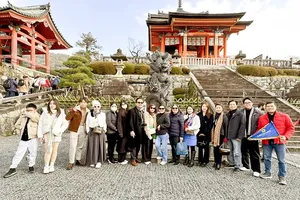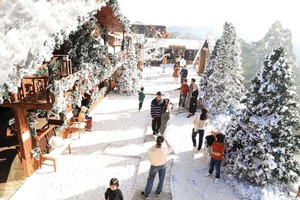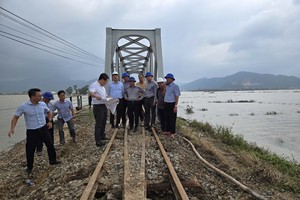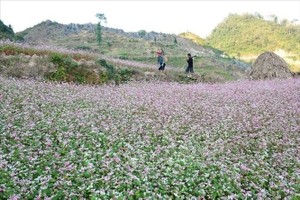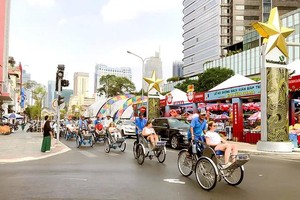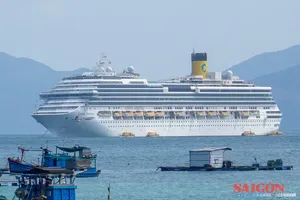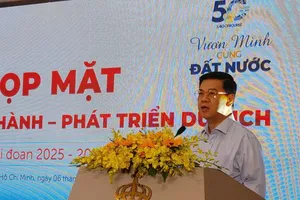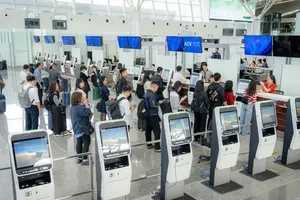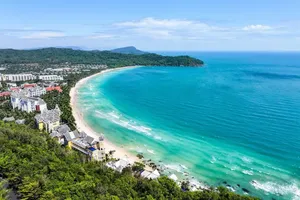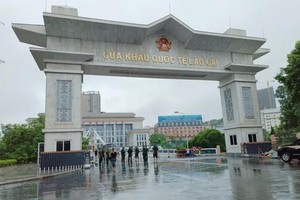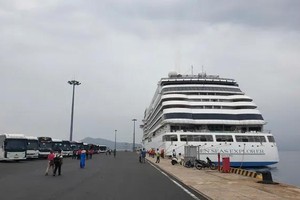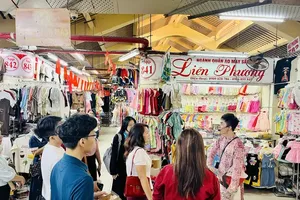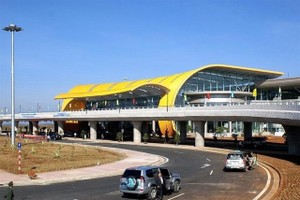
JICA conducted the survey about three urban railway lines including Line 1 and Line 2 in Hanoi and Line 1 in HCM City between March 2019 and last month, with the results released on Friday in Hanoi.
A dominant proportion of respondents in HCM City (81 percent) said yes to the question “Will you use the Ben Thanh-Suoi Tien metro when it is operated?”
About 66 percent of respondents in Hanoi were willing to use the Line 1 metro (Ngoc Hoi-Yen Vien) while 30 percent of those interviewed were willing to take the Line 2 metro (Nam Thang Long-Tran Hung Dao)
The rate of Line 2 in Hanoi was lower than Line 1 because all services and railway infrastructures of Line 1 are ready so people are more willing to use it, meanwhile, there is almost no service in the Line 2, said Ken Kumazawa, team leader of the JICA study team.
The most common reasons mentioned by commuters not willing to use the trains in both cities were inconvenient routes and their preference for private vehicles such as cars and motorbikes, according to the survey.
“The urban railway networks will be able to benefit local people by mitigating traffic congestion, air pollution and climate change," said Kumazawa.
The transport sector contributes a considerable amount to CO2 emissions in both Japan and Vietnam . About 19 per cent of CO2 emissions in Japan come from the transport sector while the figure is 23 per cent in Vietnam , he said.
Tokyo, Hanoi and HCM City are all rapidly growing urban areas. More commuters in Tokyo use the railway for daily travel and Japan has less traffic congestion than megacities like Manila, Mumbai, New Delhi, Jakarta and Bangkok. Meanwhile, Hanoi and HCM City have a majority of people (60 to 80 percent) using motorbikes and also a high level of traffic congestion and air pollution, the Japanese expert said.
Tran Anh Duong, head of Environment Department of the Vietnam's Ministry of Transport, said the ministry had committed to building dense urban railway networks in Hanoi and HCM City.
Hanoi plans to build eight metro lines covering a total length of 318.9km while HCM City hopes to construct six urban railway routes on 174km.
The Hanoi routes and Line 1 in HCM City are under construction with JICA’s support.
Kumazawa said urban railways had become a daily part of Japanese life. In Vietnam where most people use motorbikes, getting them to change to urban railways would not be easy. In the future, ensuring service quality and showing the environmental positive impacts of the urban railways will surely increase the ridership.
From Japan’s experience, he said a modal shift from motorbikes and cars to the metro was very important. It is estimated that cars discharge 90gCO2 per passenger on each km, motorbikes release 45g CO2 and metro only 20.
“Urban transport can reduce CO2 emissions by way of modal shift, reduction in traffic volume and distance, technology innovation and alternative fuel,” he said.
Murooka Naomichi, senior representative of JICA Vietnam Office said the urban railway systems to be developed in Hanoi and HCMC will not only meet public demand of transportation but also contribute to the national target of 9 percent greenhouse gas emission reduction by 2030 committed in the updated Nationally Determined Contribution of Vietnam , which has been recently submitted to the United Nations Framework Convention on Climate Change.
